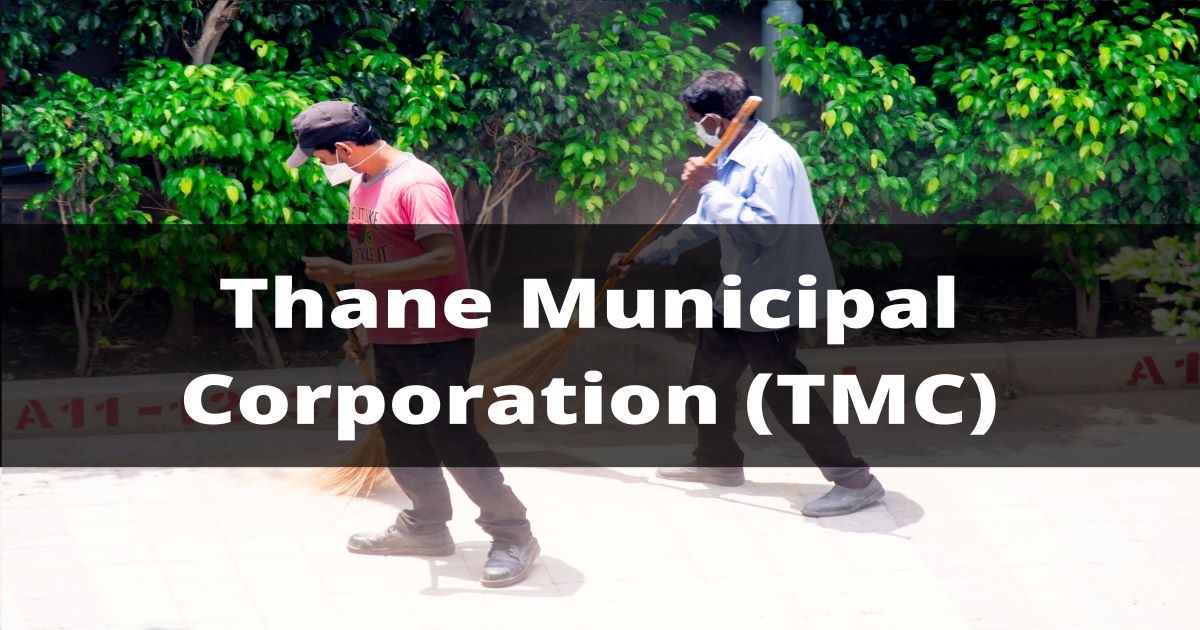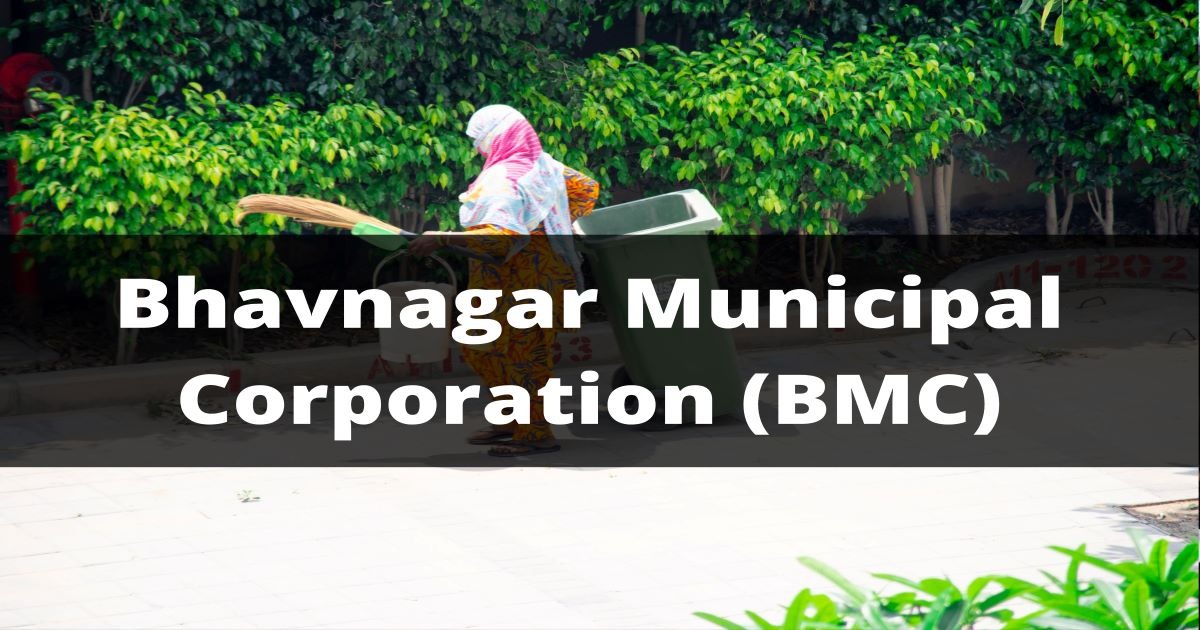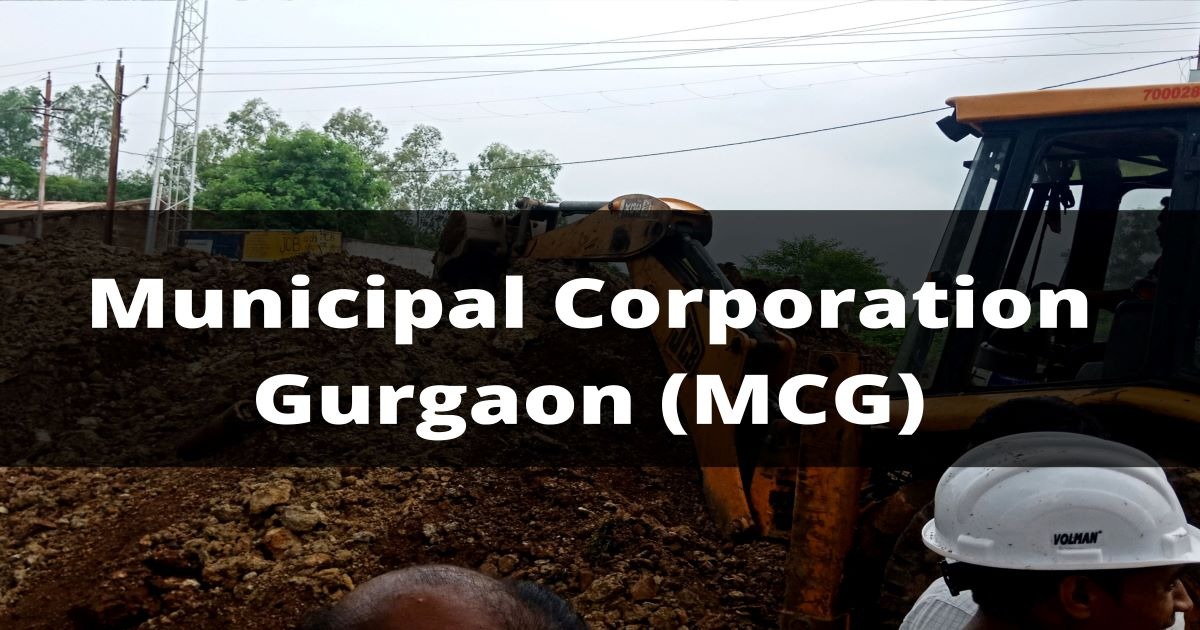Regular updation of land records in the government repositories help to maintain data such as updated status of ownership, register land, and update registration land details. Through advancements in the way such records are updated and maintained in India, efficiency in keeping a track og such facilities has been achieved. Through the computerised platform of DILRMP-MIS, tasks such as updating registration land details and checking the status of the same online have been made immensely easier.
Government procurement of land Records
The procurement of land records in India is within the jurisdiction of the Department of Land Resources. The department aims to establish and maintain an “integrated land information management system” that allows efficient management of all information regarding land. The department also aims to ensure that such data regarding land and property can be used efficiently for planning and policy purposes.
You can make use of this platform to procure your own land records efficiently. Through the e-Citizen menu option on the page, the ‘Citizen Charter’ facility makes you aware of the process and policies involves while the RTI option allows you to get any information on land resources that you ask for. Judicious use of this platform will allow you to stay updated on land records, register land, and conduct land registry check online.
Procurement of building permission
The process of obtaining building permission in India involves the need to get approvals from a variety of authorities and governmental bodies. This also differs for the size and expanse of your intended building. As per the CPWD, buildings built in special locations, such as near the seaside or within 20kms of the airport need permission from these specific departments. More generally, buildings taller than 15m need approval from the fire department as well, with necessary fire safety precautions necessary to be in place.
In this regard, the process of procuring a building permit involves:
- Submit an application for the building permit with the necessary documents.
- Development of a verification and approval committee to scrutinise the land.
- Get notified of rejection/alteration/approval of the building permit within 30 days.
While this is the main process involved, certain smaller steps are also involved. Specifically, if any alterations are needed as per the verification results, then the necessary changes are required to be submitted ASAP. Similarly, any modifications to the originally submitted building plans will also need to be approved through a similar official process. If any news is not received regarding the status of the application within 30 days, you can assume that it has been approved successfully.
Additionally, fees for consultation for the approval are also required to be paid by you. However, if the permit gets rejected, then you can submit an application for approval again without any approval fees till one year from the submission of the initial consultation fee.
Procurement of land permission
Procuring land permission is generally necessary when purchasing land. Certain queries may arise for whether you can buy land outside of India and acquire international land or whether a resident of India living outside India can procure Indian land. In this regard, as per the RBI, it can be understood that:
- Procuring land outside India is only possible if you had possessed that land when you were a resident outside India or inherited the land from such a person.
- The only exceptions to this case are:
- If you are of foreign nationality;
- If the property had initially been procured before July 8, 1947, and had been held through legal permissions;
- If you acquired it on a lease for a duration of less than five years.
- If you are a citizen residing out of India, then you do not need to acquire any special permission to own land in India.
- The only exceptions to this rule are citizens fo Iran, Bhutan, Pakistan, Afghanistan, Bangladesh, China, Nepal, and Sri Lanka who wish to procure land in India, regardless of whether they reside in India or outside of it.
How to Check land records
The computerised system of land records introduced in India makes it easy for you to check land records for any land across any Indian state easily. You simply need to go to the respective land records website of the state and enter the relevant details to check plot registration.
For instance, in the case of checking land records for Haryana, the following steps need to be followed:
- Step 1: Go to the official WEB-HALRIS Haryana website (https://jamabandi.nic.in/) and go to the ‘Jamabandi’ tab. Click on ‘Jamabandi Nakal’ from the drop-down menu.
- Step 2: On the resulting page, select the criteria on which you want to find the land register details, such as Owner Name, Khewat, Khasra/Survey Number of by the Date of Mutation. After selecting this information.
- Step 3: Now enter details regarding the property, including the district, the tehsil/sub-tehsil, village, and the year that the Jamabandi had been done in. The jamabandi is done in intervals of five years.
- Step 4: From the menu of ‘Select Malik’, select the second option of ‘निजी’ (private) to get details on private properties.
- Step 5: For the last step, simply select the name of the owner from the list or enter the name yourself to view details of the properties of the owner as per the specified details.
While this is the method for obtaining land register search details in Haryana, other states have similar systems within their individual websites that you can use to get the necessary details. You can use these websites for all your necessary online plot registration check needs. Following is a list of some of the states and their respective land record websites:
| State | Website |
| Andhra Pradesh | meebhoomi.ap.gov.in |
| Assam | revenueassam.nic.in/ILRMS |
| Bihar | biharbhumi.bihar.gov.in/BiharBhumi/newhome2.aspx |
| Gujarat | anyror.gujarat.gov.in |
| Himachal Pradesh | lrc.hp.nic.in/lrc/Revenue/viewlandrecords.aspx |
| Jharkhand | jharbhoomi.nic.in |
| Karnataka | bhoomi.karnataka.gov.in/landrecordsonweb |
| Madhya Pradesh | landrecords.mp.gov.in |
| Rajasthan | apnakhata.raj.nic.in |
| West Bengal | banglarbhumi.gov.in |
Land Records and Titles in India
Land records in India are maintained with the purpose of ensuring that records of land and property ownership along with records of rights are properly maintained for each portion of land. This is done through the means of documents required for plot registration, such as the registry of deed, sale deeds, tax receipts and land survey documents. Through the means of these documents, the title and ownership of the property in question are maintained. This allows you to conduct a land registry check of the actual ownership and title of the land you are purchasing, helping you to engage in a lawful and legal land transaction.
However, despite such documents including crucial information necessary for your purchase and transaction process, these documents are not guaranteed to be true titles to the property by the government. Such documents simply reflect the change in ownership of the piece of land or property over time. While the registration of properties is governed by the Registration Act 1908, not all property is compulsory to be registered as per this instrument of law. Specifically, property acquired by the government, decreed by the court, passed down to heirs and property on lease for less than a year include some property types that do not require mandatory registration. In such cases, there is a potential for the owner to change frequently, implying difficulty for you to check the actual owner through the land register online records.
Thus, when engaging in any property transaction, specifically during purchase, keep in mind that checking such documents is of utmost importance and it is your duty to be diligent and thorough in checking the latest ownership and title details. While amendments in the law are underway to make registration for all property mandatory, there is a need for active personal research in the meantime.
Updating Land Records: Is Computerisation Sufficient?
The need for digitalisation of all records and systems has been emphasised heavily in recent years. Since the computerisation of such land records makes them accessible from anywhere in the world, the process of online updation of such records has been a move in the positive direction to make the entire documentation process more convenient. This makes the process of plot registry online check much more convenient.
Some benefits of computerisation of land records include:
Comprehensive process from beginning to end
The main advantage of the computerisation process is that it allows the entire process to be conducted online itself. From the process of registering the deed to registration of title for the property, you can carry out all tasks relating to the property through the computerised system and also register land online. This reduces the potential for mistakes and any misplaced documents, providing a centralised location that can be accessed from anywhere, allowing you to even conduct a plot registration check online.
Removal of any middle agencies and agents
The presence of middlemen, agents and agencies in the earlier manual system involved greater costs and an increased scope of handling of physical documents. On the contrary, in the computerised system, landowners and titleholders can initiate such processes themselves without any middlemen and agents. This provides immense convenience in the way you are able to access and amend property details through online applications and verifications.
Easy availability of all records pertaining to land
Another benefit of the computerised system is the fact that it provides you with convenient access to all records pertaining to a property or piece of land. The computerised and centralised system ensures that all details and records are made available, making it easy for you to look up such details when purchasing a property.
Such benefits can be stated to provide adequate justification for the need for computerisation, especially going forth with the various technological advancements in the field. In the current society where reliability over computerised and online systems is immense, this is a crucial step to ensure greater efficiency in managing plot registration documents.
However, despite the many benefits of the system, there are certain areas that compel us to question whether the computerisation of such documents and procedures is sufficient. Some of these areas of shortcomings include:
Majority of population is in rural India
Since the majority of the Indian population lives in rural areas with limited to no access to internet resources, it can be stated that solely relying on computerisation is not sufficient. As of 2020 , only 34.9% of the Indian population is in the urban areas, making the rest 65.1% be in the rural parts of India. Most of the property holders or applicants of such registration deeds, who live in rural areas, do not have access to the internet or have extremely lacking internet systems that render them unable to do the necessary tasks. Especially, with the constant developments in websites and compatibility issues, latest technology is sometimes required when accessing a website or a platform. Such issues make the process of land registration check online more difficult and useless for such populations.
Difficulties associated with survey and settlement
Computerised land record systems also have shortcomings in the form of difficulties in surveys and settlements. According to a study by NIPFP, it was found that discrepancies in property boundaries and other errors in records were found for multiple areas. With regard to the boundaries of lands, more than 20% difference was found in the area of the land on record and the area measured in almost 24% of the properties included in the survey. Not only does this make it difficult to identify the actual boundaries of the lands but also presents challenges while determining the property limits during sale and purchase.
Inefficiency in Direct Benefit Transfer to low-income farmers
The computerised system has also introduced issues regarding the implementation of the ‘Pradhan Mantri Kisan Samman Nidhi’ scheme that awards Rs.6000 annually to small farmers. However, since discrepancies in calculating plot areas of such farmers are present, identifying small farmers is also made difficult, threatening the eligibility of many genuinely eligible farmers.
Since 65% of the population lives in rural areas and relies on farming as a way of sustenance, discrepancies in the computerised system can harm the way they carry out their work. Due to this, computerisation of land records and land registration papers alone is not sufficient, atleast until such issues are rectified. While this may present immense convenience to the urban population, the rural population can suffer immensely.
Document Required for building permission
Submitting the correct land registration documents along with the application is crucial to get the permit approved in one go. This includes certain forms and annexures along with plans of the intended building. You can easily get these land registration documents online and submit these to get the necessary permissions.
1. Annexure B: This document acts as a confirmation of the intention to modify a location as per the wishes of the owner.
2. Annexure C: This form allows the owner to confirm the structural integrity of the intended design, as affirmed and attested by a registered engineer.
3. Annexure D: This document confirms the appointment of a registered builder to be contracted for the construction of the building as per plans.
4. Annexure E: This document allows sufficient supervision to be given to the project during its construction to ensure compliance with the laws and the claims made by the owner.
5. Building key plans: The key plan of the building is the main skeleton of the building, including the placement of walls, doors, windows, divisions of the rooms and mentioning the size of each room.
6. Site plan: The site plan shows the location of the entire building as a whole in relation to the surrounding buildings and facilities. This includes marking property demarcations and specifying the building within that plan. In the case of a residential township, this will include marking all the buildings and facilities within the township.
7. Service plan: The service plan includes necessary facilities and their locations within each building. Components marked in a service plan include ceiling vents, lighting outlets, sprinklers, placement of fire extinguishers, exit signs, and fire hose systems, among others.
8. General and detailed specifications: General specifications include the aspect of construction to be followed along with the type of construction that will be done. This facilitates stating the detailed specifications, which include the materials to be used for construction, their quantity and ratio, and the method to be used.
Guidelines for land Procurement
Land procurement, or land acquisition, involves buying land to be used for different purposes immediately or at a later date. For efficiency in the land procurement process, the following requirements are necessary:
- The land procurement process is overseen by a Land Acquisition Collector (LAC), who manages the entire process.
- The party trying to procure the land is required to pay a certain amount in fees to the LAC under sections 4 and 5(a) of the Land Acquisition Act, 1894.
- Stating the purpose of procurement while making the payment can help in speeding the process and ensuring that procuring the land can be done faster.
Since the final decision regarding land procurement is of the government, making sure that all payments and documentation have been submitted within due time can help in enhancing the efficiency of the process.
You Might Also Like
Frequently Asked Questions (FAQ’s)
How to verify legal documents of a property in India?
Verification of property documents in India falls under the Registration Act 1908 and the Indian Stamp Act 1899. As per these instruments, you need the following documents for verifying the authenticity of the property:
1. Sale Deed
2. Agreement of sale and purchase
3. Power of Attorney
4. Partition Deed
5. Relinquishment Deed
Once you have submitted all these documents to a property lawyer, they will verify the title and ownership of the property associated with these documents.
What is the process for land registration in India?
With the introduction of online registration and updation system in India, you can initiate the process of registering your land online. Access the land records website of the state that the land is in and enter crucial and basic data, such as the details of the buyer and seller along with paying the stamp duty and registration fees on the website. However, you will need to follow this up with a visit to the required authorities to complete the process. This will include them verifying your documents and the land you intend to register.
What are property documents?
Property documents refer to the documentation that mentions the details of your property, such as its location, area, the details of previous owners, and your agreement of sale or purchase, among others. The documents needed for land registration differ on the basis of the Indian state the property is in, so refer to the documentation required by each state to prepare the necessary documents.
What is the difference between sale, deed & registry?
Sale: Sale refers to the act of the property being transferred from one party to another. If you are the seller, then you will be conducting the sale and selling it to another party.
Deed: The deed, or sale deed, is the document that specifies the details of the transfer in ownership. This includes the details of the previous owner(s) and the new owner(s). After the deed has been signed by both parties, the new owner becomes its sole owner as per legal records.
Registry: Registry involves registering the property against the new owner in the government records. This gives the new owner full rights over the property that is recognised in the eyes of the law.
I need to register a property in India. What is to be done?
The main requirement for registering a property in India is the presence of the necessary documents. As per the new rules, you need to keep the following documents required for land registration handy:
1. Aadhaar card of the owner
2. Photos (passport-sized) of the buyer and seller
3. Copy of the verified sale deed
4. Copy of NOC drafted as per The Urban Land (Ceiling and Regulation) Act, 1976
5. Certification of completion of construction
6. Copy of agreement between the seller and the original purchaser
How to check legal property?
Checking the legal integrity of a property is crucial before buying it to prevent any legal hassles later on. For this purpose, check the building against the following mandatory standards:
1. Zoning
2. Green belts
3. Fire and electrical safety
4. Check for any mortgages against the property
5. Society NOC
Check construction against building plan
Apart from such standards, you also need to ensure that all documents, such as the sale deed, sale agreement, power of attorney, and the partition and relinquishment deeds are in order. By going through all these checks, you can ensure that the property is legally sound on all grounds.
What is the power of attorney and how it works in India?
The Power of Attorney is a legally valid document that an individual uses to authorise someone else to make decisions regarding certain activities and tasks, such as the sale or purchase of property. In India, while the POA is not a necessary instrument, you can use it to authorise someone else to deal with your property. You can use this if you are living outside India but need to sell the property immediately. You may also use this if you cannot be present during the signing of the sale deed and need to authorise someone else on your behalf.
What if we loose a land registration documents?
If you lose your land registry documents, first of all:
1. File an FIR (make copies of this to retrieve copies of your registry).
2. Place advertisements in the newspaper – Advertise the loss of the papers in English as well as the regional language, providing your details and asking anyone who found it to return it to you. In this way, you can also warn others not to enter into any contracts regarding this property.
3. Take the copy of the registry and file for a certified copy of the registry at the registrar’s office.
What do you do if a property is not registered?
Having a legal land registry is crucial in order for you to be considered the true owner of the property. Due to this, get your property registered as soon as possible. Refer to the process of registration mentioned in this article to successfully register your property.
































